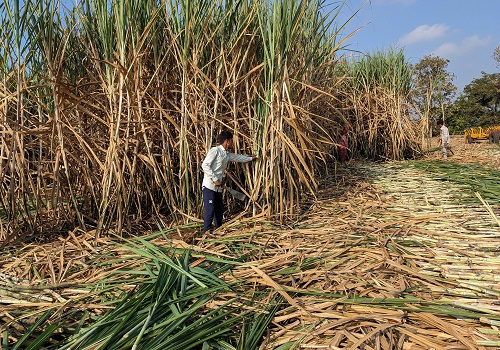Tur Prices Take a Dive: Karnataka and Maharashtra Mandis Witness Significant Decline, Easing Inflation Concerns By Amit Gupta Kedia Advisory

Follow us Now on Telegram ! Get daily 10 - 12 important updates on Business, Finance and Investment. Join our Telegram Channel
Tur prices in key regions of Karnataka and Maharashtra have dropped by 14-15%, providing relief to the Indian government amidst inflation worries. Increased market arrivals, coupled with imports from Myanmar, contribute to the decline, with traders cautiously monitoring trends. The end of stock limits and extended duty-free imports further shape a dynamic pulse market, impacting global trade.
Highlights
Price Decline: Prices of tur in mandis (marketplaces) of Karnataka and Maharashtra have started to fall due to an increase in market arrivals. In Karnataka, the modal price has declined by 14-15%, while in Maharashtra, prices have dropped by over a tenth in the past week.
Concerns over Food Inflation: The declining tur prices offer some relief to the Indian government, which has been concerned about food inflation. The reduction in prices is expected to benefit consumers.
Market Conditions: Tur prices are slightly above ?8,000 per quintal in Karnataka and Maharashtra, having eased by over ?1,000 in the past week. The Minimum Support Price (MSP) for tur for the 2023-24 season is ?7,000 per quintal.
Trade Outlook: Traders are adopting a cautious approach and are closely monitoring the arrival and price trends in regions like Vidarbha and Karnataka. Market participants are observing the situation as the tur season unfolds.
Arrivals and Prices: In Latur, arrivals were reported to be between 10,000 and 12,000 tonnes, with prices ranging from ?7,800 to ?8,500 per quintal. The average prices in Latur were around ?8,250 on a specific day.
Reasons for Price Decline: The increase in market arrivals of tur has led to improved availability, resulting in the decline in prices. Additionally, deals for imports from Myanmar have started taking place, contributing to the easing of prices.
Impact of Monsoon: Tur acreage was impacted by delayed monsoons in 2023. Despite this, the output is estimated to be around 34.21 lakh tonnes, slightly higher than the previous year.
Import Scenario: India's consumption of tur is around 45 lakh tonnes, and there is a shortfall met through imports from countries like Myanmar and East African nations. The government has extended the duty-free import window for pulses like tur until March 31, 2025.
Stock Limits: Stock limits imposed by the government on pulses for retailers, trade, and millers ended on December 31. The government had imposed stock limits on tur and urad until December 31, 2023.
Future Imports: The trade expects imports from Myanmar to be around 3.5 lakh tonnes in 2024, with favorable weather conditions potentially increasing the production.
Conclusion
The significant drop in tur prices in Karnataka and Maharashtra signals a positive shift in market dynamics, addressing concerns over food inflation. With increased arrivals and ongoing imports, the trade remains watchful, navigating the post-stock limits scenario. The government's strategic decisions, such as extending duty-free imports, are likely to play a crucial role in stabilizing the pulse market, fostering a more sustainable and responsive agricultural ecosystem.
Above views are of the author and not of the website kindly read disclaimer












 320-x-100_uti_gold.jpg" alt="Advertisement">
320-x-100_uti_gold.jpg" alt="Advertisement">












